Utkarsh Pratiush
DIVIDE: A Framework for Learning from Independent Multi-Mechanism Data Using Deep Encoders and Gaussian Processes
Nov 16, 2025Abstract:Scientific datasets often arise from multiple independent mechanisms such as spatial, categorical or structural effects, whose combined influence obscures their individual contributions. We introduce DIVIDE, a framework that disentangles these influences by integrating mechanism-specific deep encoders with a structured Gaussian Process in a joint latent space. Disentanglement here refers to separating independently acting generative factors. The encoders isolate distinct mechanisms while the Gaussian Process captures their combined effect with calibrated uncertainty. The architecture supports structured priors, enabling interpretable and mechanism-aware prediction as well as efficient active learning. DIVIDE is demonstrated on synthetic datasets combining categorical image patches with nonlinear spatial fields, on FerroSIM spin lattice simulations of ferroelectric patterns, and on experimental PFM hysteresis loops from PbTiO3 films. Across benchmarks, DIVIDE separates mechanisms, reproduces additive and scaled interactions, and remains robust under noise. The framework extends naturally to multifunctional datasets where mechanical, electromagnetic or optical responses coexist.
Mic-hackathon 2024: Hackathon on Machine Learning for Electron and Scanning Probe Microscopy
Jun 10, 2025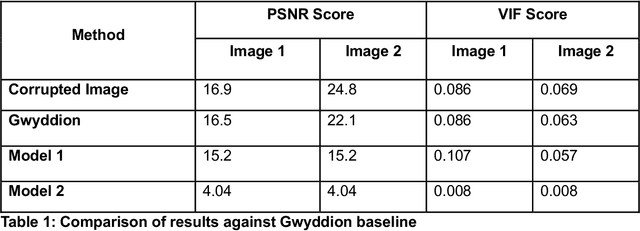

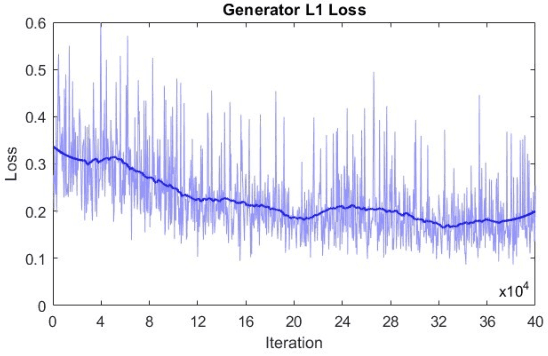
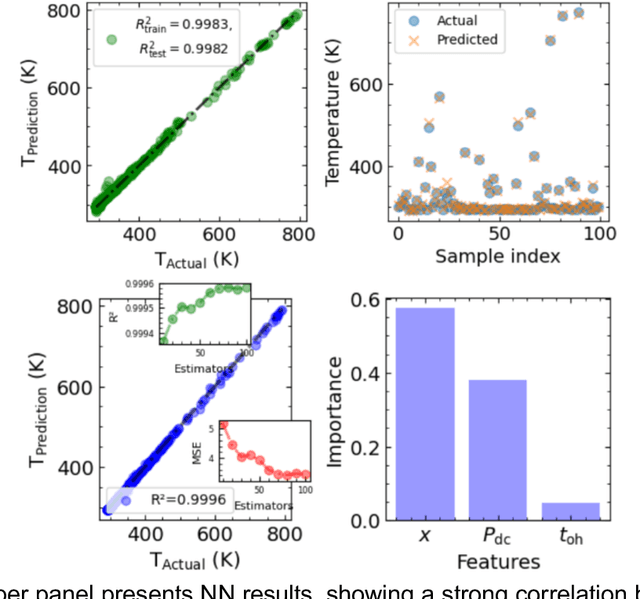
Abstract:Microscopy is a primary source of information on materials structure and functionality at nanometer and atomic scales. The data generated is often well-structured, enriched with metadata and sample histories, though not always consistent in detail or format. The adoption of Data Management Plans (DMPs) by major funding agencies promotes preservation and access. However, deriving insights remains difficult due to the lack of standardized code ecosystems, benchmarks, and integration strategies. As a result, data usage is inefficient and analysis time is extensive. In addition to post-acquisition analysis, new APIs from major microscope manufacturers enable real-time, ML-based analytics for automated decision-making and ML-agent-controlled microscope operation. Yet, a gap remains between the ML and microscopy communities, limiting the impact of these methods on physics, materials discovery, and optimization. Hackathons help bridge this divide by fostering collaboration between ML researchers and microscopy experts. They encourage the development of novel solutions that apply ML to microscopy, while preparing a future workforce for instrumentation, materials science, and applied ML. This hackathon produced benchmark datasets and digital twins of microscopes to support community growth and standardized workflows. All related code is available at GitHub: https://github.com/KalininGroup/Mic-hackathon-2024-codes-publication/tree/1.0.0.1
Domain Switching on the Pareto Front: Multi-Objective Deep Kernel Learning in Automated Piezoresponse Force Microscopy
Jun 09, 2025Abstract:Ferroelectric polarization switching underpins the functional performance of a wide range of materials and devices, yet its dependence on complex local microstructural features renders systematic exploration by manual or grid-based spectroscopic measurements impractical. Here, we introduce a multi-objective kernel-learning workflow that infers the microstructural rules governing switching behavior directly from high-resolution imaging data. Applied to automated piezoresponse force microscopy (PFM) experiments, our framework efficiently identifies the key relationships between domain-wall configurations and local switching kinetics, revealing how specific wall geometries and defect distributions modulate polarization reversal. Post-experiment analysis projects abstract reward functions, such as switching ease and domain symmetry, onto physically interpretable descriptors including domain configuration and proximity to boundaries. This enables not only high-throughput active learning, but also mechanistic insight into the microstructural control of switching phenomena. While demonstrated for ferroelectric domain switching, our approach provides a powerful, generalizable tool for navigating complex, non-differentiable design spaces, from structure-property correlations in molecular discovery to combinatorial optimization across diverse imaging modalities.
Integrating Predictive and Generative Capabilities by Latent Space Design via the DKL-VAE Model
Mar 04, 2025Abstract:We introduce a Deep Kernel Learning Variational Autoencoder (VAE-DKL) framework that integrates the generative power of a Variational Autoencoder (VAE) with the predictive nature of Deep Kernel Learning (DKL). The VAE learns a latent representation of high-dimensional data, enabling the generation of novel structures, while DKL refines this latent space by structuring it in alignment with target properties through Gaussian Process (GP) regression. This approach preserves the generative capabilities of the VAE while enhancing its latent space for GP-based property prediction. We evaluate the framework on two datasets: a structured card dataset with predefined variational factors and the QM9 molecular dataset, where enthalpy serves as the target function for optimization. The model demonstrates high-precision property prediction and enables the generation of novel out-of-training subset structures with desired characteristics. The VAE-DKL framework offers a promising approach for high-throughput material discovery and molecular design, balancing structured latent space organization with generative flexibility.
Rewards-based image analysis in microscopy
Feb 23, 2025



Abstract:Analyzing imaging and hyperspectral data is crucial across scientific fields, including biology, medicine, chemistry, and physics. The primary goal is to transform high-resolution or high-dimensional data into an interpretable format to generate actionable insights, aiding decision-making and advancing knowledge. Currently, this task relies on complex, human-designed workflows comprising iterative steps such as denoising, spatial sampling, keypoint detection, feature generation, clustering, dimensionality reduction, and physics-based deconvolutions. The introduction of machine learning over the past decade has accelerated tasks like image segmentation and object detection via supervised learning, and dimensionality reduction via unsupervised methods. However, both classical and NN-based approaches still require human input, whether for hyperparameter tuning, data labeling, or both. The growing use of automated imaging tools, from atomically resolved imaging to biological applications, demands unsupervised methods that optimize data representation for human decision-making or autonomous experimentation. Here, we discuss advances in reward-based workflows, which adopt expert decision-making principles and demonstrate strong transfer learning across diverse tasks. We represent image analysis as a decision-making process over possible operations and identify desiderata and their mappings to classical decision-making frameworks. Reward-driven workflows enable a shift from supervised, black-box models sensitive to distribution shifts to explainable, unsupervised, and robust optimization in image analysis. They can function as wrappers over classical and DCNN-based methods, making them applicable to both unsupervised and supervised workflows (e.g., classification, regression for structure-property mapping) across imaging and hyperspectral data.
Reflections from the 2024 Large Language Model (LLM) Hackathon for Applications in Materials Science and Chemistry
Nov 20, 2024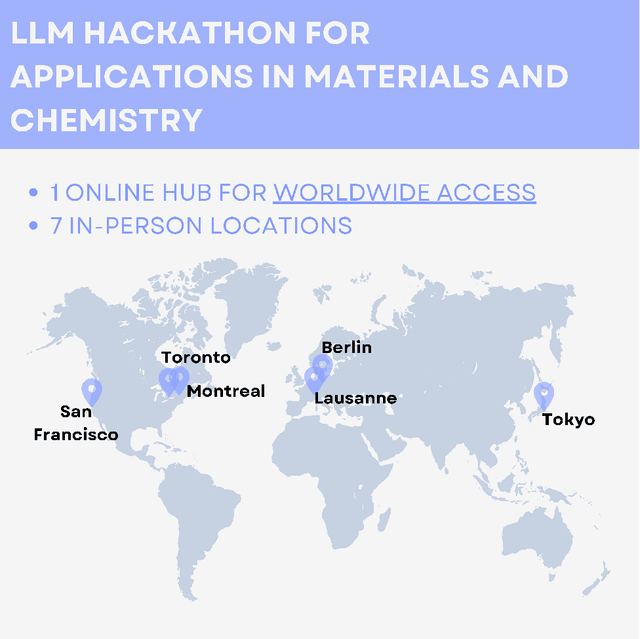
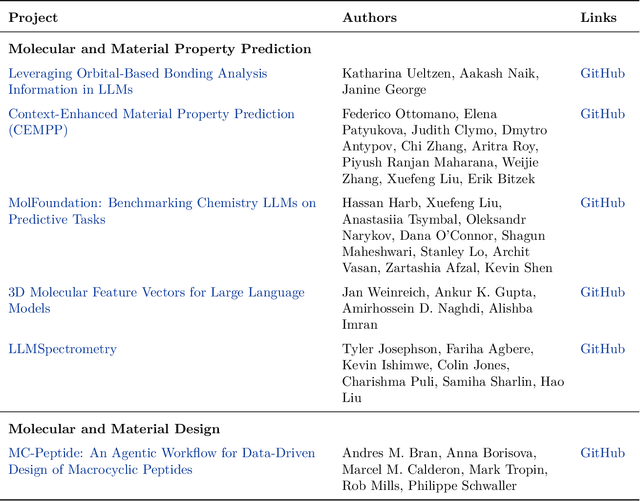
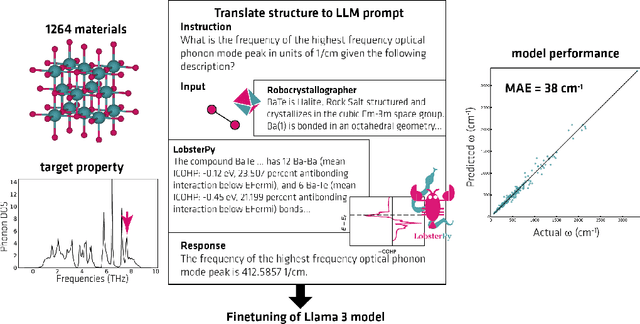

Abstract:Here, we present the outcomes from the second Large Language Model (LLM) Hackathon for Applications in Materials Science and Chemistry, which engaged participants across global hybrid locations, resulting in 34 team submissions. The submissions spanned seven key application areas and demonstrated the diverse utility of LLMs for applications in (1) molecular and material property prediction; (2) molecular and material design; (3) automation and novel interfaces; (4) scientific communication and education; (5) research data management and automation; (6) hypothesis generation and evaluation; and (7) knowledge extraction and reasoning from scientific literature. Each team submission is presented in a summary table with links to the code and as brief papers in the appendix. Beyond team results, we discuss the hackathon event and its hybrid format, which included physical hubs in Toronto, Montreal, San Francisco, Berlin, Lausanne, and Tokyo, alongside a global online hub to enable local and virtual collaboration. Overall, the event highlighted significant improvements in LLM capabilities since the previous year's hackathon, suggesting continued expansion of LLMs for applications in materials science and chemistry research. These outcomes demonstrate the dual utility of LLMs as both multipurpose models for diverse machine learning tasks and platforms for rapid prototyping custom applications in scientific research.
Machine Learning-Based Reward-Driven Tuning of Scanning Probe Microscopy: Towards Fully Automated Microscopy
Aug 07, 2024Abstract:Since the dawn of scanning probe microscopy (SPM), tapping or intermittent contact mode has been one of the most widely used imaging modes. Manual optimization of tapping mode not only takes a lot of instrument and operator time, but also often leads to frequent probe and sample damage, poor image quality and reproducibility issues for new types of samples or inexperienced users. Despite wide use, optimization of tapping mode imaging is an extremely hard problem, ill-suited to either classical control methods or machine learning. Here we introduce a reward-driven workflow to automate the optimization of SPM in the tapping mode. The reward function is defined based on multiple channels with physical and empirical knowledge of good scans encoded, representing a sample-agnostic measure of image quality and imitating the decision-making logic employed by human operators. This automated workflow gives optimal scanning parameters for different probes and samples and gives high-quality SPM images consistently in the attractive mode. This study broadens the application and accessibility of SPM and opens the door for fully automated SPM.
Invariant Discovery of Features Across Multiple Length Scales: Applications in Microscopy and Autonomous Materials Characterization
Aug 01, 2024Abstract:Physical imaging is a foundational characterization method in areas from condensed matter physics and chemistry to astronomy and spans length scales from atomic to universe. Images encapsulate crucial data regarding atomic bonding, materials microstructures, and dynamic phenomena such as microstructural evolution and turbulence, among other phenomena. The challenge lies in effectively extracting and interpreting this information. Variational Autoencoders (VAEs) have emerged as powerful tools for identifying underlying factors of variation in image data, providing a systematic approach to distilling meaningful patterns from complex datasets. However, a significant hurdle in their application is the definition and selection of appropriate descriptors reflecting local structure. Here we introduce the scale-invariant VAE approach (SI-VAE) based on the progressive training of the VAE with the descriptors sampled at different length scales. The SI-VAE allows the discovery of the length scale dependent factors of variation in the system. Here, we illustrate this approach using the ferroelectric domain images and generalize it to the movies of the electron-beam induced phenomena in graphene and topography evolution across combinatorial libraries. This approach can further be used to initialize the decision making in automated experiments including structure-property discovery and can be applied across a broad range of imaging methods. This approach is universal and can be applied to any spatially resolved data including both experimental imaging studies and simulations, and can be particularly useful for exploration of phenomena such as turbulence, scale-invariant transformation fronts, etc.
Integration of Scanning Probe Microscope with High-Performance Computing: fixed-policy and reward-driven workflows implementation
May 20, 2024Abstract:The rapid development of computation power and machine learning algorithms has paved the way for automating scientific discovery with a scanning probe microscope (SPM). The key elements towards operationalization of automated SPM are the interface to enable SPM control from Python codes, availability of high computing power, and development of workflows for scientific discovery. Here we build a Python interface library that enables controlling an SPM from either a local computer or a remote high-performance computer (HPC), which satisfies the high computation power need of machine learning algorithms in autonomous workflows. We further introduce a general platform to abstract the operations of SPM in scientific discovery into fixed-policy or reward-driven workflows. Our work provides a full infrastructure to build automated SPM workflows for both routine operations and autonomous scientific discovery with machine learning.
Multimodal Co-orchestration for Exploring Structure-Property Relationships in Combinatorial Libraries via Multi-Task Bayesian Optimization
Feb 03, 2024Abstract:The rapid growth of automated and autonomous instrumentations brings forth an opportunity for the co-orchestration of multimodal tools, equipped with multiple sequential detection methods, or several characterization tools to explore identical samples. This can be exemplified by the combinatorial libraries that can be explored in multiple locations by multiple tools simultaneously, or downstream characterization in automated synthesis systems. In the co-orchestration approaches, information gained in one modality should accelerate the discovery of other modalities. Correspondingly, the orchestrating agent should select the measurement modality based on the anticipated knowledge gain and measurement cost. Here, we propose and implement a co-orchestration approach for conducting measurements with complex observables such as spectra or images. The method relies on combining dimensionality reduction by variational autoencoders with representation learning for control over the latent space structure, and integrated into iterative workflow via multi-task Gaussian Processes (GP). This approach further allows for the native incorporation of the system's physics via a probabilistic model as a mean function of the GP. We illustrated this method for different modalities of piezoresponse force microscopy and micro-Raman on combinatorial $Sm-BiFeO_3$ library. However, the proposed framework is general and can be extended to multiple measurement modalities and arbitrary dimensionality of measured signals. The analysis code that supports the funding is publicly available at https://github.com/Slautin/2024_Co-orchestration.
 Add to Chrome
Add to Chrome Add to Firefox
Add to Firefox Add to Edge
Add to Edge